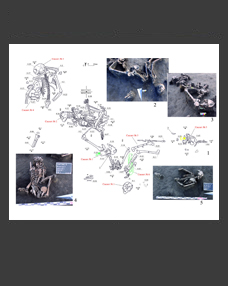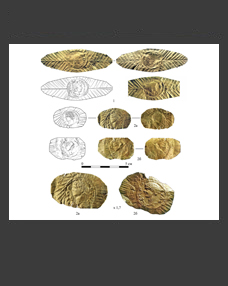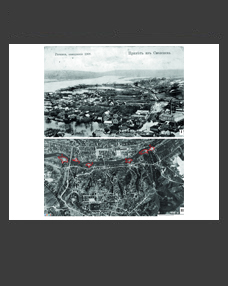Vitaly L. Shcherbakov1,* and Pavel E. Rusakov2,**
1Centre for Historical and Cultural Research and Design, Kostroma, Russia
2Institute of Archaeology RAS, Moscow, Russia
*E-mail: scherbakov-v-l@yandex.ru
**E-mail: rusakovsha@mail.ru
Keywords: settlement, the Middle Ages, knife, metallography, technology.
The article focuses on the technology of knives from the collection of the medieval village of Katyshevo 1 in Murom District, Vladimir Region. Excavations of the settlement were conducted by the Institute of Archaeology RAS in 2021. The predominant form of the knives is usual for sites of Rus: the tools have ledges in the transition area from the blade to the handle. The sample of knives studied by metallographic method consists of 102 items, including 50 knives from conditionally closed complexes (pits). This part of the sample has a more precise dating; knives from different periods are considered separately. The study revealed the fact of a long and stable predominance of the blade welding pattern from the 12th to the turn of the 14th–15th centuries AD. The knives are made of high-quality raw materials; most of them have undergone heat treatment (hardening). The individual three-layer blades identified in the collection were made from strips of bloomery steel or other materials deviating from the optimal raw materials. This feature shows that the triple package pattern had almost disappeared from the technological inventory of craftsmen in North-Eastern Rus no later than at the turn of the 14th–15th centuries AD.
DOI: 10.31857/S0869606324030121, EDN: WZMLAO







